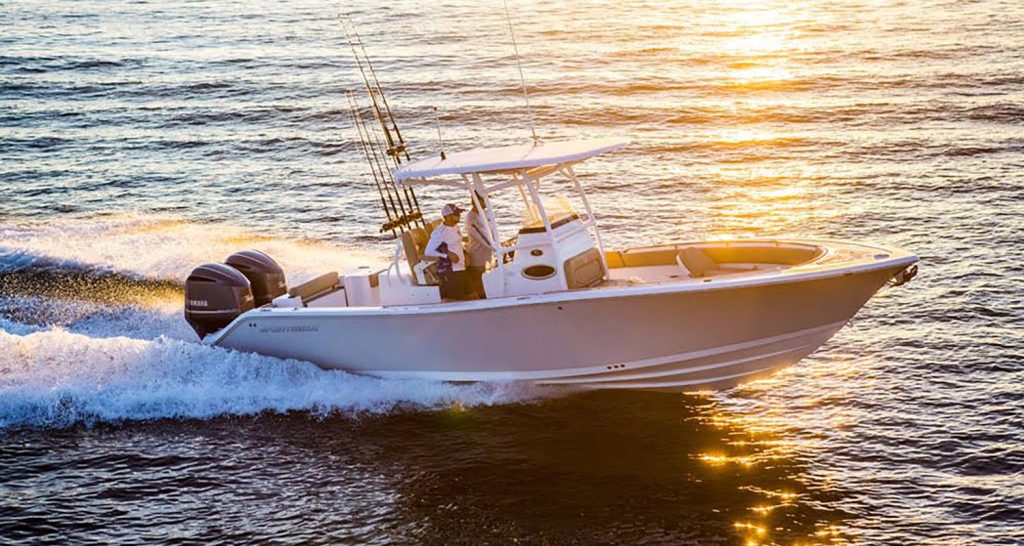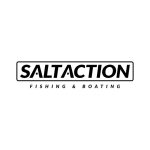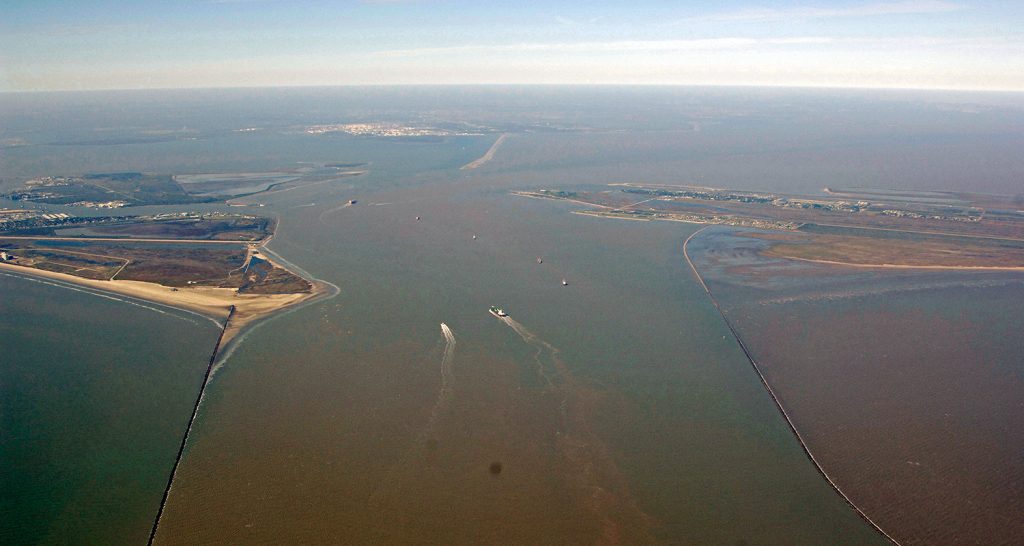If you own a boat, you likely understand the importance of maximizing performance and efficiency while out on the water. One often overlooked yet vital feature of a boat is its tilt and trim system. By mastering the use of tilt and trim, you can significantly enhance your vessel's performance, fuel efficiency, and overall boating experience.
In this quick article, we will explore the functionalities of tilt and trim and provide valuable tips on how to use this feature to achieve optimal results.
Understanding Tilt and Trim:
Tilt and trim refer to a boat's hydraulic or electrically operated mechanism that adjusts the angle of the outboard motor or sterndrive. The primary purpose of tilt and trim is to optimize the boat's performance by adjusting the trim angle and controlling the engine's vertical position in relation to the water surface. By altering these parameters, boaters can achieve improved fuel efficiency, higher speeds, smoother rides, and better maneuverability.
Optimizing Performance:
Fuel Efficiency: Properly adjusting the tilt and trim of your boat allows you to find the most efficient cruising angle. Start by trimming the engine downward until it slightly touches the water, then gradually trim it upward until you experience the smoothest ride while maintaining adequate speed. Finding the sweet spot will reduce drag and enhance fuel efficiency.
Speed and Planing: When accelerating or trying to achieve higher speeds, trim the engine upward to raise the bow, thus reducing the wetted surface area of the hull in contact with the water. This technique minimizes drag and allows the boat to plane more easily, resulting in faster speeds.
Stability and Control: Depending on the weight distribution of your boat and water conditions, adjusting the tilt and trim can enhance stability and control. Experiment with different trim angles to find the optimal setting that minimizes bow rise, enhances stability during turns, and improves overall handling.
Safety Considerations:
Trim for Rough Waters: In choppy or rough sea conditions, it is advisable to trim the engine down slightly. This helps the boat maintain better contact with the water, improving stability and control.
Trim for Load Distribution: When carrying heavy loads or passengers, adjusting the tilt and trim becomes crucial. Distribute the weight evenly throughout the boat, and trim the engine accordingly to maintain proper balance and prevent excessive bow rise.
Trim for Shallow Waters: When navigating shallow areas, tilt the engine upward to raise the propeller. This action helps protect the motor from damage caused by submerged obstacles and reduces the risk of grounding.
Regular Maintenance:
To ensure optimal performance and longevity of your boat's tilt and trim system, it is essential to perform regular maintenance. Inspect hydraulic fluid levels, hydraulic lines for leaks, and electrical connections if applicable. Lubricate mechanical components as recommended by the manufacturer and follow the maintenance guidelines provided in your boat's manual.
Final Thoughts
Mastering the use of your boat's tilt and trim system is crucial for unlocking its full potential. By understanding how to adjust the trim angle and engine position, boaters can achieve improved fuel efficiency, enhanced speed, better maneuverability, and overall smoother rides. Remember to consider the specific water and load conditions, and always prioritize safety. With practice and attention to detail, you'll be able to harness the power of tilt and trim, transforming your boating experiences into unforgettable adventures on the water.





